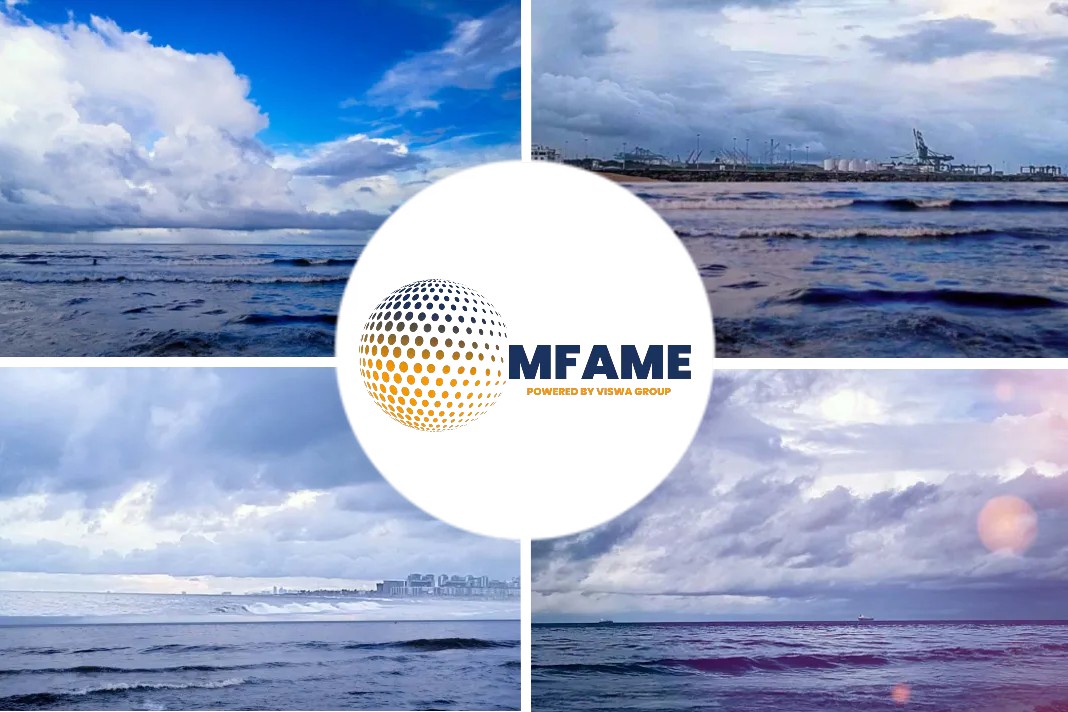- Gas bunker industry body the Society for Gas as a Marine Fuel (SGMF), who to date has been known almost exclusively for its work with liquefied natural gas.
- It is branching out beyond LNG as the industry as a whole looks to embrace a new generation of low and zero carbon fuels.
A Ship and Bunker news states that Gas Bunker Body SGMF Branching Out Beyond LNG.
Signing of a Memorandum of Understanding (MoU)
As part of the shift, SGMF today said it has signed a Memorandum of Understanding (MoU)
with The International Association of Ports and Harbors (IAPH)’s Clean Marine Fuels
Working group (CMF) that will see the pair work together to help with the uptake of such fuels at ports.
“Capitalising on over a decade of knowhow on bunker checklists, audit tools to evaluate terminal operator concessions and terminal readiness guidance with tried and tested procedures to ensure rigorous operational safety when handling LNG will now also be applied to new alternative fuels such as ammonia, hydrogen and methanol,” the pair said Monday in a joint press release.
Use of Ammonia will be investigated
In particular, the potential use of Ammonia will be investigated from source to ship with all related safety, operational, and sustainability considerations, they added “The Society for Gas as a Marine Fuel was formed in 2013 with the primary objective of advocating the safe and sustainable use of low flashpoint fuels for ships,” Mark Bell, general manager of the SGMF, said in the statement.
“Safety is the prevalent factor and as the industry transitions towards an inevitable low carbon future, at SGMF we are looking forward to working with IAPH’s experts from ports, many of whom are either already operational or who are in the process of implementing infrastructure thatprovides alternative fuels to vessels.”
Widening of SGMF’s scope
The widening of SGMF’s scope should not be taken to mean LNG is falling out of favour as a
future marine fuel; LNG bunker advocates SEA-LNG recently stressed that all carbon-neutral synthetic fuels, including LNG and ammonia, were equally far off in terms of being commercially viable.
“[I]t is our belief that ports may serve as the key link between the land-based fuel producers and the sea-based fuel consumers, as well as the link between fuel production and other nonshipping fuel consumers,” said IAPH Technical Director Antonis Michail.
“Ports have the potential to act as energy hubs as a cheaper and safer alternative than storing it elsewhere. SGMF members with their technical competences have the potential to help us make that happen.”
Did you subscribe to our daily newsletter?
It’s Free! Click here to Subscribe!
Source: Ship and Bunker



























